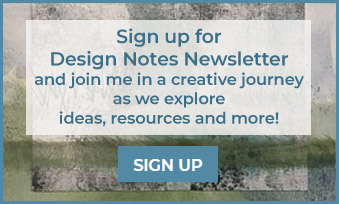

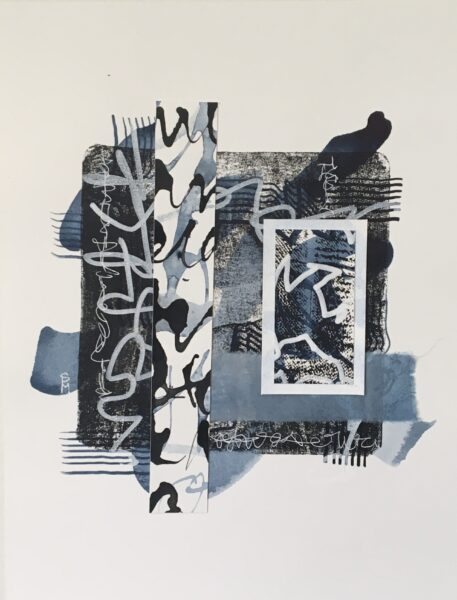
In week 5 we spent time learning and discussing how to speak and write about our art - important skills for us to develop. This week we are switching things around and basing the content on what our art says about us, both individually and collectively.
Let’s begin by thinking about the past - long past most recorded history. Ancient art forms reveal the inner worlds of prehistoric societies. Cave drawings, carved figures, and etched vessels document spiritual practices, divine understanding, and social structures of early human groups. These artifacts provide insights into how ancient peoples viewed their connection with spiritual and natural realms. Small figures represented deities, while cave paintings showed ritual scenes, hunting practices, and stories, demonstrating that art was deeply linked with religious experience and cultural memory before written language.
More recently - those Egyptian stone reliefs captured agricultural practices by showing farmers working Nile fields. They depicted family structures through positioned figures showing generational and social relationships. Cultural practices emerged in scenes of ceremonies, royal events, and daily life, providing a visual record of Egyptian society. We now see them as significant art work that not only is shown in museums but also becomes an important catalyst for contemporary artists, reinterpreting the work with their own thought process.
Church walls and manuscripts became canvases for visual narratives, where scenes of biblical stories, local histories, and cultural practices were rendered in styles that communicated complex meanings. Illuminated texts, stained glass windows, and carved stone told stories of salvation, work, and social structures, allowing people to understand their world through visual language.
While I can admire many of the famous artists throughout history, I find myself particularly drawn to discovering the often-overlooked contributions of women artists working in every era and medium. The quest to uncover how and where women were making art has led me to explore fascinating stories of artists working in convents, running workshops, gaining patronage from nobility, and finding creative ways to pursue their craft despite societal restrictions. A few excellent resources I've found particularly illuminating include Clara Peeters' pioneering still life paintings that incorporated self-reflections in metalware, Artemisia Gentileschi's powerful Baroque compositions that challenged gender norms, and the discovery of medieval manuscripts illuminated by women like Ende and Claricia.
One book I highly recommend is:
Researching the “research” on women's art/artists and can take you down a fascinating rabbit hole that leads to a deeper understand of feminist history and for me, a sense of connection and pride in what has led us to this current point - so many have paved the way for us.
How have you connected with artists that have influenced your work? Has the connection been “in real life” or more intuitively? Have you purposefully allowed the connection to reveal itself or has it been more about a surprising opening into your practise?
A couple more resources that might interest you:
https://nmwa.org/blog/ a blog from the National Museum of Women in the Arts
Visual art speaks a universal language greater than verbal communication, allowing us to share experiences and emotions across cultures, even when we cannot understand each other's spoken words. Before we can truly appreciate the artistic expressions of different cultures - whether it's the geometric patterns of Islamic art, the emphasis on negative space in Japanese aesthetics, or the spiritual symbolism in traditional African sculptures - we must first understand the unique philosophical, religious, and cultural frameworks that shaped their creation.
Each work shows us stories of people, battles, faith, and life, becoming a lens into times and places beyond our own.
You might consider finding an artwork that "speaks" to you and write down a critique or analysis. Then find information about the work, history of the artists, where it was painted events happening in that area and the "story" of the work. See how it aligns with your initial thoughts.
Art can give those without power a way to record their lives, fight against stories told about them, and prove they exist. Communities shut out of spaces of power built their own traditions through art, turning walls into canvases and folk crafts into statements of identity. When words were denied or dangerous, people found ways to speak through images, turning the act of creation into an act of resistance.
Art has historically served as both protest and preservation. Think of songs of protest, banners made to march with, street art, Banksy, community murals and much more! Artists like Judy Chicago, Faith Ringgold, and Jean-Michel Basquiat used their work to confront exclusion and discrimination directly.
If you are not familiar with Judy Chicago or Faith Ringgold, do look them up....
Even quiet protests, as a form of education serve to enhance and enrichen our lives. A friend, Eva Jacobs Carnahan, uses knitting as an education tool to discuss the voting system and how the US electoral system works! You can learn more here: https://evejacobs-carnahan.com/knit-democracy-project/
There is an excellent article about the power of art as a social justice tool: https://www.canadianarttherapy.org/envisage/envisage-fall-2021-lam
The images below are ones from a visit to Orgosolo, a town in rural Sardinia where I found dozens of murals on topics of polotics, heroes of the community, movie stars and much more. Here's another article: https://www.blocal-travel.com/italy/south-italy/sardinia/orgosolo-murals/
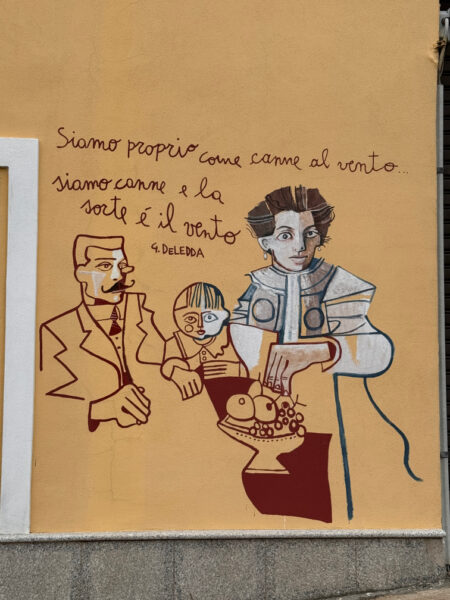
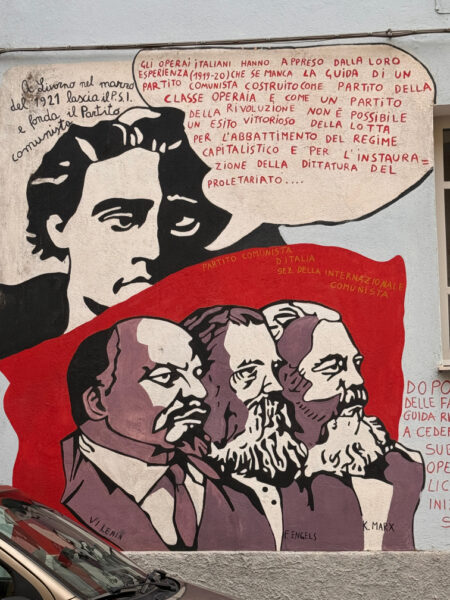

Each artist carries a unique perspective that deserves to be shared in its truest form, not shaped by what others think it should be. Creating art gives us space to explore our thoughts and feelings freely, letting them flow naturally rather than forcing them to fit someone else's mold.
While feedback and learning from others enriches our growth as artists, we can stay open to guidance while still keeping our own creative compass - finding that balance between growing and staying true to our voice.
Can you think of a time when someone wanted you to change the voice of your art? A sad/funny experience when I had an MRI on my brain and asked for a copy of the scan to make an art quilt....the young female technician suggested I should go home and make "pretty quilts with flowers"...sigh!

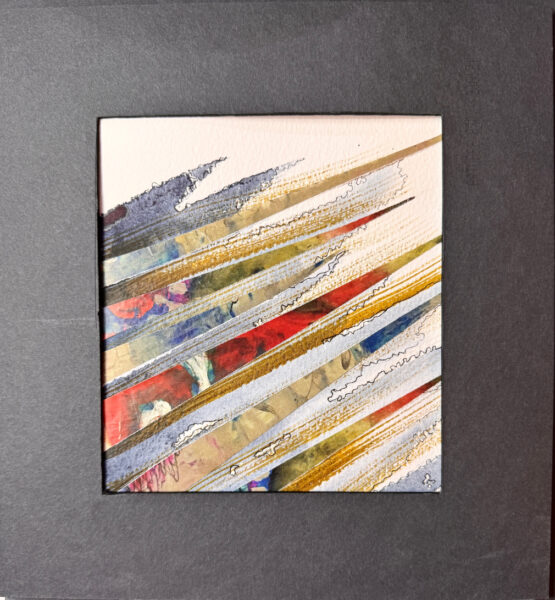

How do we bring a conclusion for the weeks that we've been working, encouraging and supporting one another? I have learned so much from each of you and I hope you have enjoyed our time. Come back to the Deep Dive and continue to use the resources - share your inspirations and journey with us all! It's never an ending, just a new chapter....PS: did you notice I took you on a tour of my studio with each video? And why is my mouth always open?


